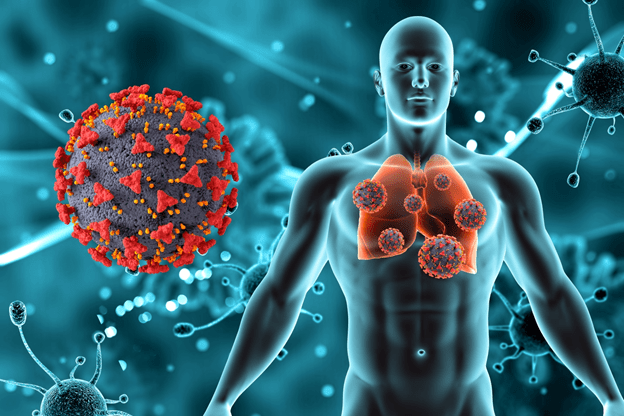Biochemistry behind Common Diseases
July 30, 2024 2024-12-18 17:02Biochemistry behind Common Diseases

Biochemistry behind Common Diseases
Biochemistry is not the subject to be studied, but it is crucial in understanding the underlying common diseases such as diabetes, Alzheimer’s disease, and cancer. Researchers aim to develop targeted treatments and potential cures by understanding or exploring the biochemical conditions of these diseases. In this blog, we will explore the biochemistry behind these conditions and also highlight researchers’ ongoing efforts.
Diabetes: A Metabolic Disorder
Diabetes is a common disease mostly seen in old age people, and chronic high blood sugar levels characterize it. There are two main types of diabetes: Type 1 and Type 2.
Type 1 Diabetes: In this type of diabetes, the body’s immune system attacks the insulin-producing beta cells in the pancreas. Insulin is responsible for regulating blood sugar levels. Without adequate insulin, glucose is unable to enter the cells and remains in the bloodstream, leading to a condition known as hyperglycemia.
Type 2 Diabetes: In this type of diabetes, the body’s cells do not respond effectively to insulin. As a result, the pancreas produces more insulin, which leads to elevated blood sugar levels.
Researchers are making efforts to understand insulin’s signalling pathways, and scientists are also exploring new treatments, such as incretin-based therapies that enhance insulin secretion.
Cancer: Uncontrolled Cell Growth
Cancer is the most common and dangerous disease. Cancer is a group of diseases characterized by uncontrolled cell growth.
Oncogenes and Tumor Genes: The difference between oncogenes and tumour genes is that oncogenes promote cell growth and division, while tumour genes inhibit it.
Signaling Pathways: Signaling pathways are responsible for regulating cell growth, metabolism, and survival. Any abnormalities in signalling pathways contribute to cancer development and progression.
Research in cancer biochemistry aims to identify molecular targets for therapy.
Alzheimer’s Disease: Neurodegenerative Disorder
Alzheimer’s disease is characterized by memory loss and cognitive decline. The biochemistry behind Alzheimer’s disease involves two abnormal proteins.
- Amyloid beta (AB) Plaques
- Tau Tangles
These two proteins disrupt the transport system in neurons, leading to Alzheimer’s disease.
Research is focused on understanding the molecular mechanisms of AB and tau pathology.
Conclusion
To conclude we can say that valuable insight can be gather by understand the biochemistry behind common diseases like cancer, Alzheimer’s disease and diabetes.
Search
Popular posts



